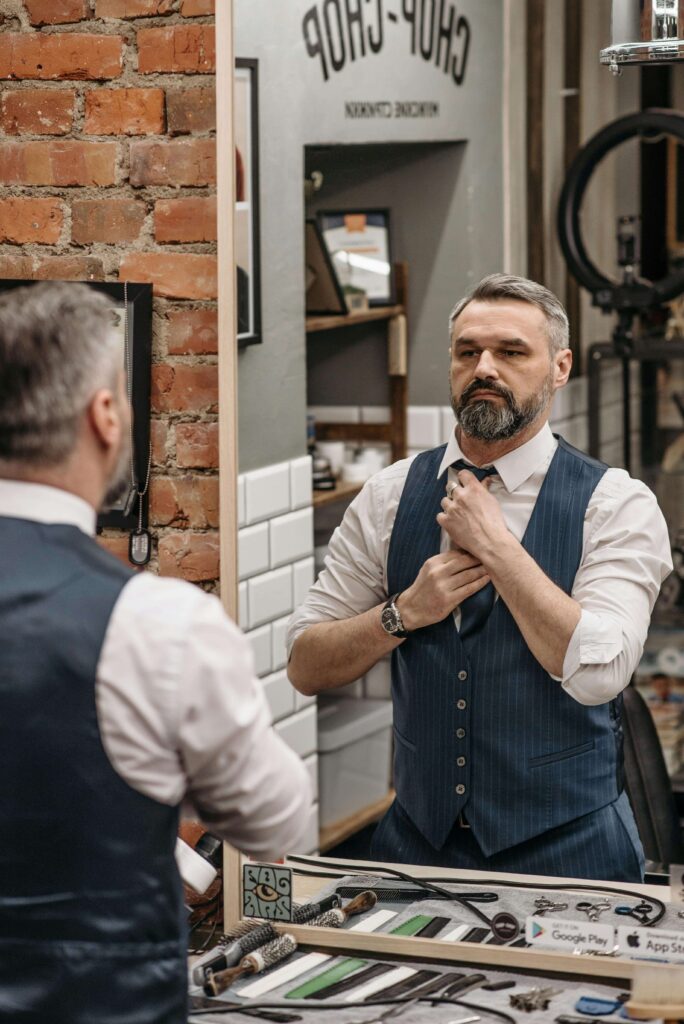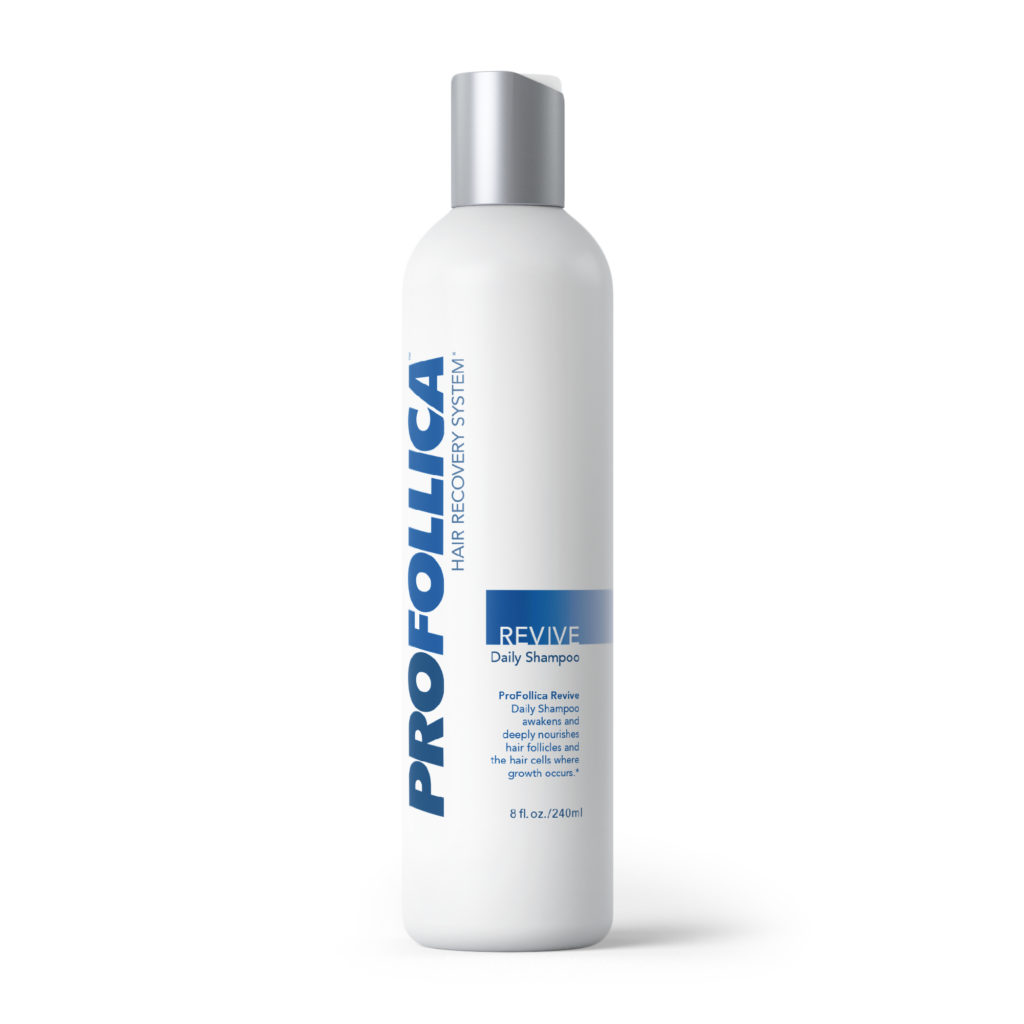Is there more hair in the sink than on your head these days? Glancing in the mirror, you might notice your hairline slowly inching backward, or perhaps your once-thick crown is starting to resemble a sparse forest.
You aren’t alone. Hair loss is a common concern for men around the world and can be distressing, to say the least. It can affect guys’ self-esteem, confidence, and even career opportunities. Fortunately, there’s no need to resign to a lifetime of baseball caps or questionable comb-overs.
In a world where appearances matter more than ever, thinning hair can feel like a ticking time bomb, threatening to detonate your confidence at any moment. Today, we discuss thinning hair among men, from understanding the root causes of hair loss and recognizing the signs of thinning to unveiling the secrets to reclaiming your mane.
We aim to equip you with knowledge and the tools to combat this common yet daunting issue head-on (pun intended). The key to any approach lies in taking action sooner rather than later.
As we explore the plethora of options for achieving hair-raising confidence, get ready to bid farewell to those pesky bald spots and hello to thicker, fuller hair.
Losing Hair with Age
While you’ve probably heard the phrase “bald is beautiful,” let’s face it – not everyone is ready to sport the shiny dome look just yet.
It’s perfectly normal to lose some hair with age as our bodies undergo many changes, from creaky joints to a slower metabolism. Unfortunately, our hair isn’t immune to the effects of time.
Before you start panicking about becoming a cue ball, let’s dive into why this happens.
What Causes Thinning Hair in Men?
While shedding a few strands as you age is expected, experiencing excessive or sudden hair loss could indicate something else.
Here are the most common causes of hair thinning in men.
Genetics
Ever wonder why Uncle Bob has a luscious mane while you’re stuck with the short end of the hair stick? Blame your genes!
The most common cause of hair loss in men is androgenetic alopecia, commonly known as male pattern baldness. This genetic condition affects millions worldwide and is passed down through generations like a not-so-favorable heirloom.
Hormones
Aside from genetics, hormonal changes can wreak havoc on your hair follicles. Testosterone isn’t just for fueling your competitive streak and building muscle mass. It can lead to hair thinning and eventual baldness.
The body’s sensitivity to dihydrotestosterone (DHT), a byproduct of testosterone, increases as you age. This heightened sensitivity causes hair follicles to shrink and, over time, stop producing new hair.
Diet
It’s been said that you are what you eat, and your hair is no exception. A diet devoid of essential nutrients like protein, iron, and vitamins can leave your hair looking sparse and lackluster.
Nutritional neglect is one of the simplest causes of hair loss to address. Put down that greasy fast food and load up on fruits, veggies, and lean proteins to give your hair the nutrients it craves.
Lifestyle
Life can be harsh on your hair. High-stress situations lead to hormone surges in the body, disrupting the hair growth cycle and increasing shedding and thinning.
Give your hair and your mind a break by practicing mindfulness and deep breathing exercises.
Can Thinning Hair Be Reversed?
With the right approach, thinning hair can often be reversed or at least slowed. Just because you’re getting older doesn’t mean you must say goodbye to your locks.
Understanding why your hair is thinning is the first step to regaining control over your locks. Addressing underlying causes such as hormonal imbalances, nutritional neglect, or a stressful lifestyle can stimulate hair growth and improve density.
The next crucial step is to pay attention to your body and hair, noting any changes that seem out of the ordinary. Even if you possess the genes for baldness, losing all your hair may not be your destiny.
Hair genetics are more like a roadmap, showing you where you might end up if you don’t care for your scalp and hair. You can keep your mane healthy for years to come with the proper care and attention.
Why It’s Important to Act Early
Have you noticed your forehead seemingly growing higher and higher? Are you seeing more scalp peek through the top of your head than usual? Are you finding more clumps of hair stuck to your brush, on your pillow, or in the shower drain?
These signs – receding hairline, thinning crown, visible scalp, and increased shedding – indicate that your follicles are struggling to hold onto their precious cargo. While these signs may seem daunting, they are your hair’s way of asking for help.
Taking proactive steps at the first signs of hair loss can increase the chances of reversing thinning hair. Acting early could prevent further progression and maximize treatment effectiveness. Additionally, early intervention can mitigate the psychological impact hair thinning may have on self-esteem and confidence.
So, if you’re noticing the red flags of hair loss, don’t panic. Numerous options are available to help you tackle thinning head-on, increasing your likelihood of success and restoring confidence in your appearance.

Remedies and Treatments for Thinning Hair
Various natural remedies and medical treatments, from surgical interventions to lifestyle changes and over-the-counter solutions, are available to combat thinning hair. Regardless of what approach you choose, taking proactive steps can lead to healthier, fuller-looking hair.
Let’s explore each option in detail.
Hair Transplant Surgery
This approach utilizes a surgical procedure to restore hair in areas of the scalp that are thinning or balding. Follicular unit extraction (FUE) and follicular unit transplantation (FUT) are the most commonly used techniques.
FUE extracts individual hair follicles from a donor area and implants them into the thinning or balding area, leaving minimal scarring. This technique uses follicles from the back or sides of the scalp, allowing for a more natural-looking result.
Strip harvesting, or FUT, removes a strip of scalp from the donor area and dissects it into individual follicular units for transplantation. This technique may result in a linear scar but can yield multiple grafts in a single session.
Lifestyle Changes
Sometimes, the most effective solutions exist in the habits we cultivate in our everyday lives. Lifestyle changes, such as dietary adjustments and stress management techniques, are crucial for preventing further hair loss and promoting healthy hair growth.
Maintaining a balanced, nutrient-rich diet is essential for healthy hair growth. Proteins, vitamins, and minerals found in leafy greens, nuts, eggs, and fish can provide the necessary nutrients to support hair health from the inside out.
Chronic stress disrupts the hair growth cycle, contributing to hair loss and thinning. Stress-reducing techniques like meditation, exercise, and deep breathing can promote hair growth.
Laser Therapy
Laser therapy, or low-level laser therapy (LLLT), is a non-invasive treatment option that promotes hair growth. This therapy stimulates hair follicles using laser devices or combs to deliver low-level laser light to the scalp, increasing blood flow to the hair follicles and encouraging growth.
Natural Remedies
Several natural remedies have been shown to promote hair growth and improve scalp health. When applied topically via scalp massage, coconut oil and essential oils like rosemary and peppermint can improve blood circulation to the scalp, promoting hair growth naturally.
Over-the-Counter Solutions
Over-the-counter solutions like specialized shampoos and conditioners offer accessible, convenient, and effective ways to improve hair health and promote hair growth.
Topical solutions like minoxidil are commonly used to treat thinning hair. These products work by stimulating hair follicles, prolonging the hair growth phase, and increasing hair density and thickness.
Specialized shampoos and conditioners address thinning hair by cleansing the scalp, removing buildup, and nourishing the hair follicles. Their formulas contain ingredients to promote hair health, such as biotin, keratin, and botanical extracts.
One standout product is Profollica Revive Shampoo. Its formula penetrates deep into the scalp to revitalize dormant follicles, encouraging new hair growth. With consistent use, this safe and effective shampoo helps combat thinning hair.
When Should I Seek Professional Help for Thinning Hair?
If you notice significant or sudden hair loss, it is advisable to seek professional help. Consult a healthcare provider promptly if thinning hair is accompanied by itching, inflammation, scalp tenderness, or other symptoms.
Dermatologists specialize in diagnosing and treating hair loss conditions and can offer personalized treatment plans. Remember, early intervention is essential in the effective treatment of thinning hair.

Early Intervention: Your Path to Thicker, Healthier Hair
Addressing thinning hair often requires a multifaceted approach. As with anything, the key to success lies in early intervention. Numerous options exist, from natural, targeted, over-the-counter products like Profollica Revive Shampoo to lifestyle changes and surgical treatments.
Recognize the signs of hair loss and take proactive steps to prevent further progression. Whether battling genetics, hormones, or a stressful lifestyle, know you are not alone in this journey.
With determination, a positive mindset, and the right resources, you can regain confidence and reclaim a fuller, healthier head of hair.


